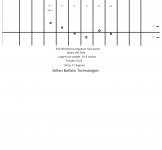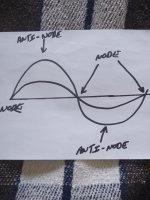From my experience 99+% of rimfire benchrest rifles are using tuners. Those guys could save $200 a rifle if tunerless guns shot better.
The only shooters that hate tuners seem to be the shooters that have never used a tuner or those using a rifle that isn't shooting well with or without a tuner.
1. Since when has anything in the precision rifle hobby been about saving money? People gladly spend hundreds to thousands in this hobby to gain every perceivable (and imperceivable) advantage they can get. There are very, very few people that try to maximize their precision at the lowest possible cost.
2. You missed a category: those that have tuners and have tested them, and have found that there's no perceivable gain in precision.
And I wouldn't call myself a tuner "hater", not by any stretch. I'm open to the idea of them "working", I find the topic very interesting. I've however yet to see any compelling data sets that truly shows an increase in precision, and my own testing (which I'll fully admit isn't dispositive on its own) has had less than impressive results. People in the firm "pro tuner" camp can't even describe adequately the 'how' & 'why' they work, let alone produce compelling evidence to suggest such.
My mind is open and looking forward to more data and testing being conducted on the subject (if it ever does). But I'm a skeptic until I see adequate testing conducted and shared. Shooters & reloaders are notorious for coming to their own dispositive conclusions using data sets in which such a conclusion can't be made.
Last edited:



